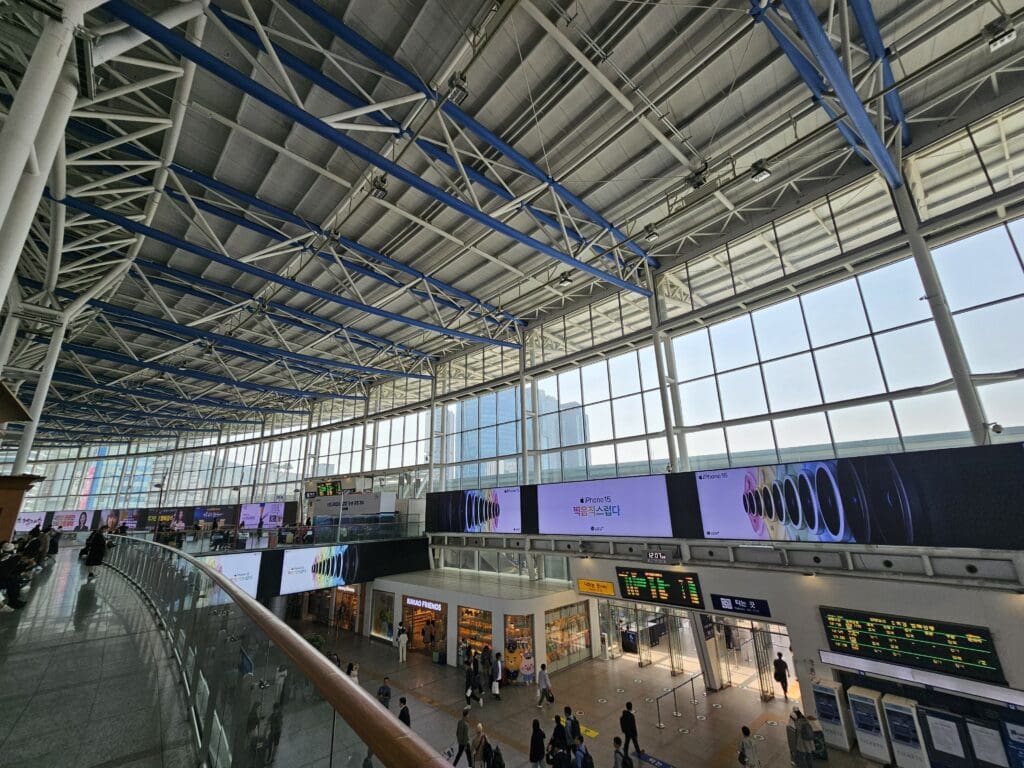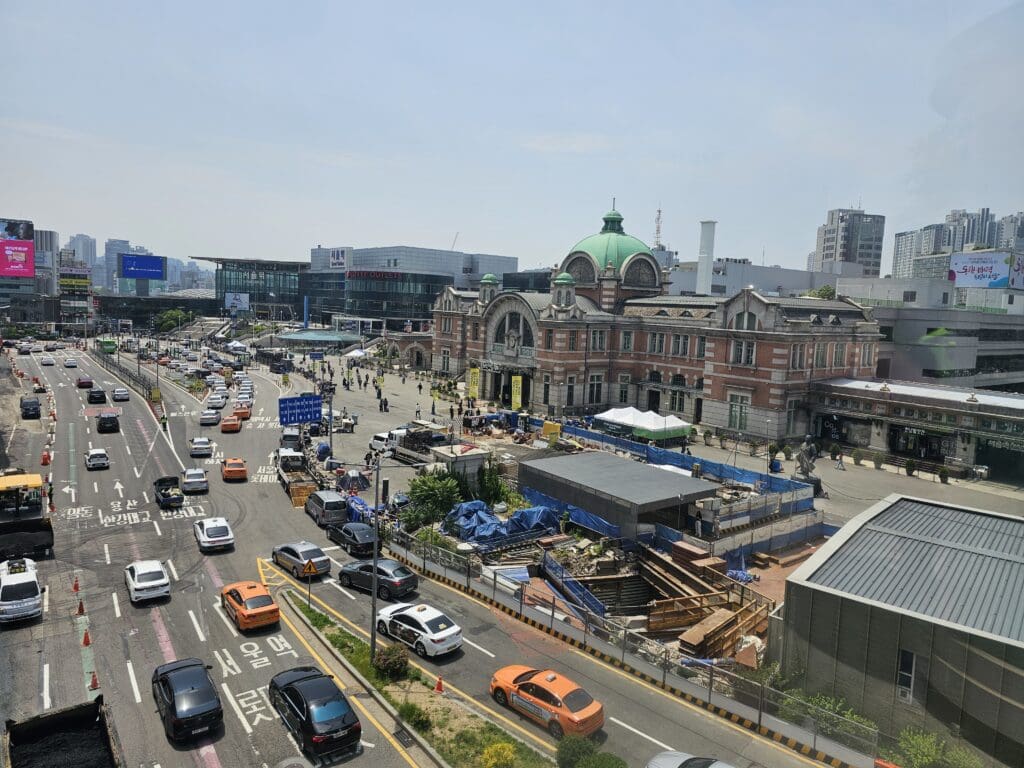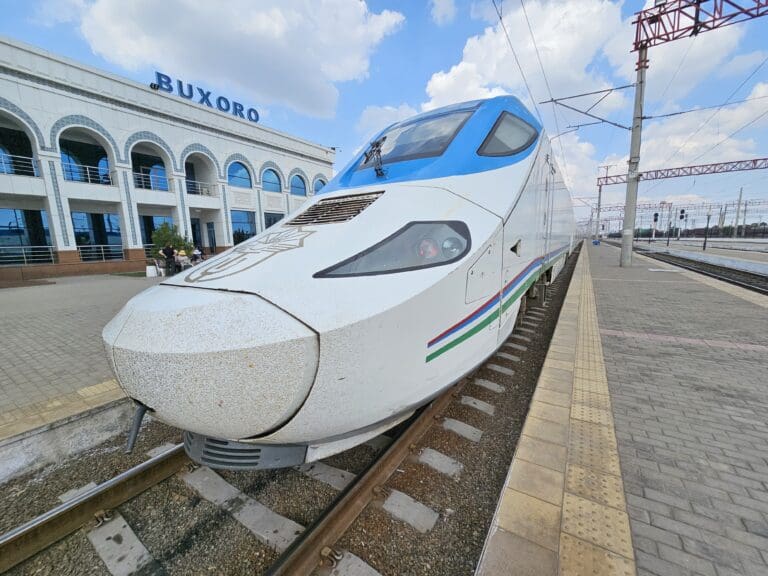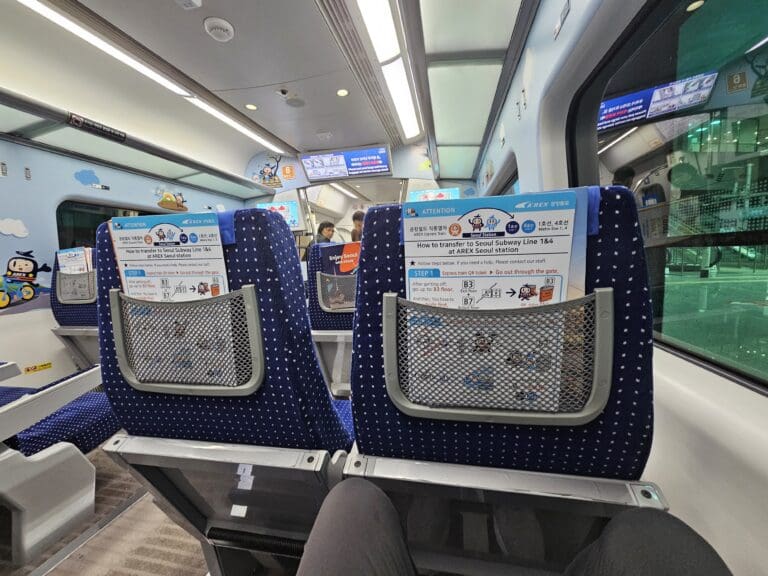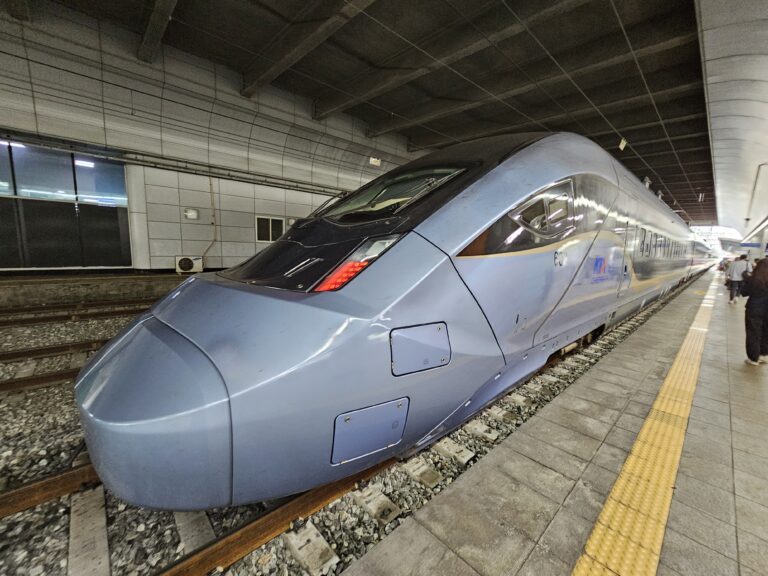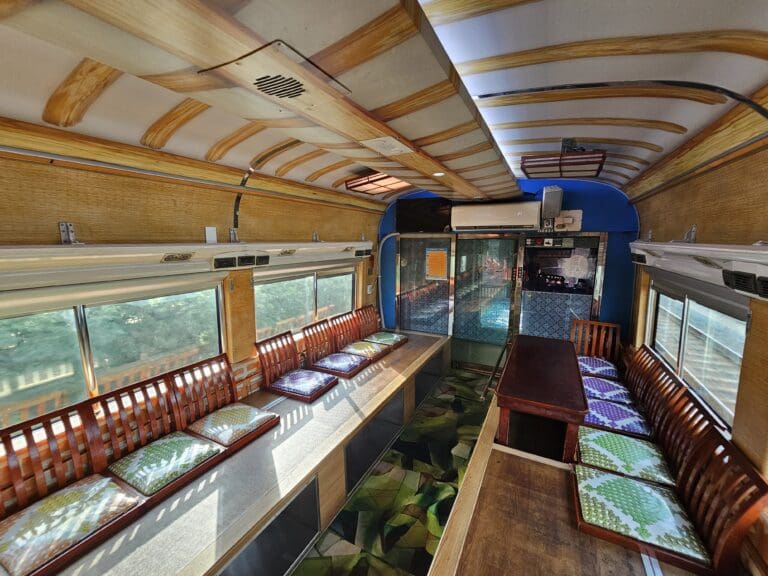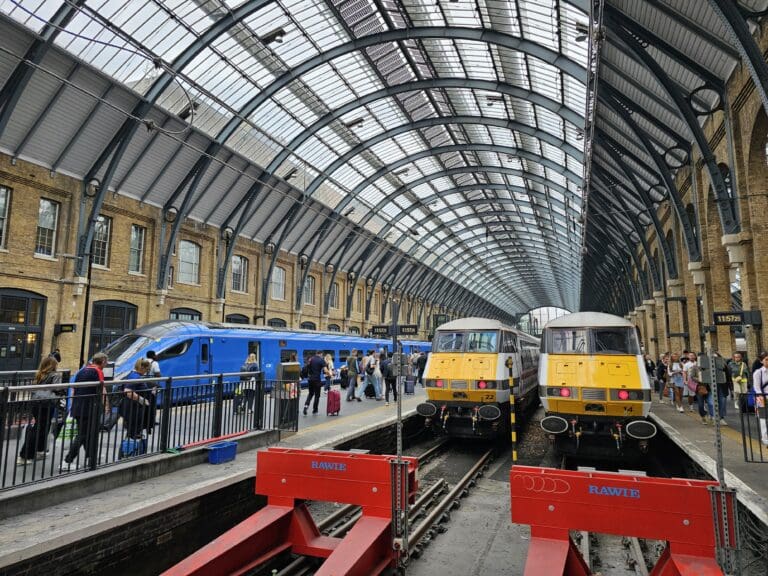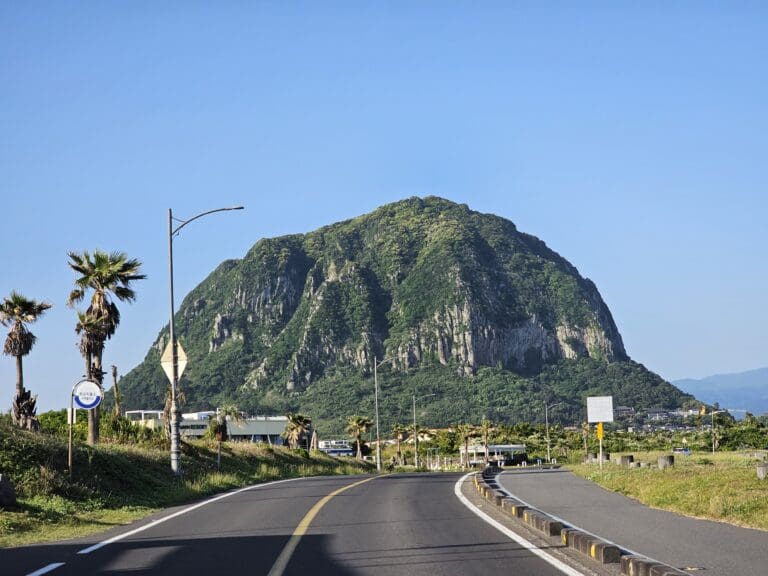Experiencing Korea’s KTX: A High Speed Train Journey from Busan to Seoul
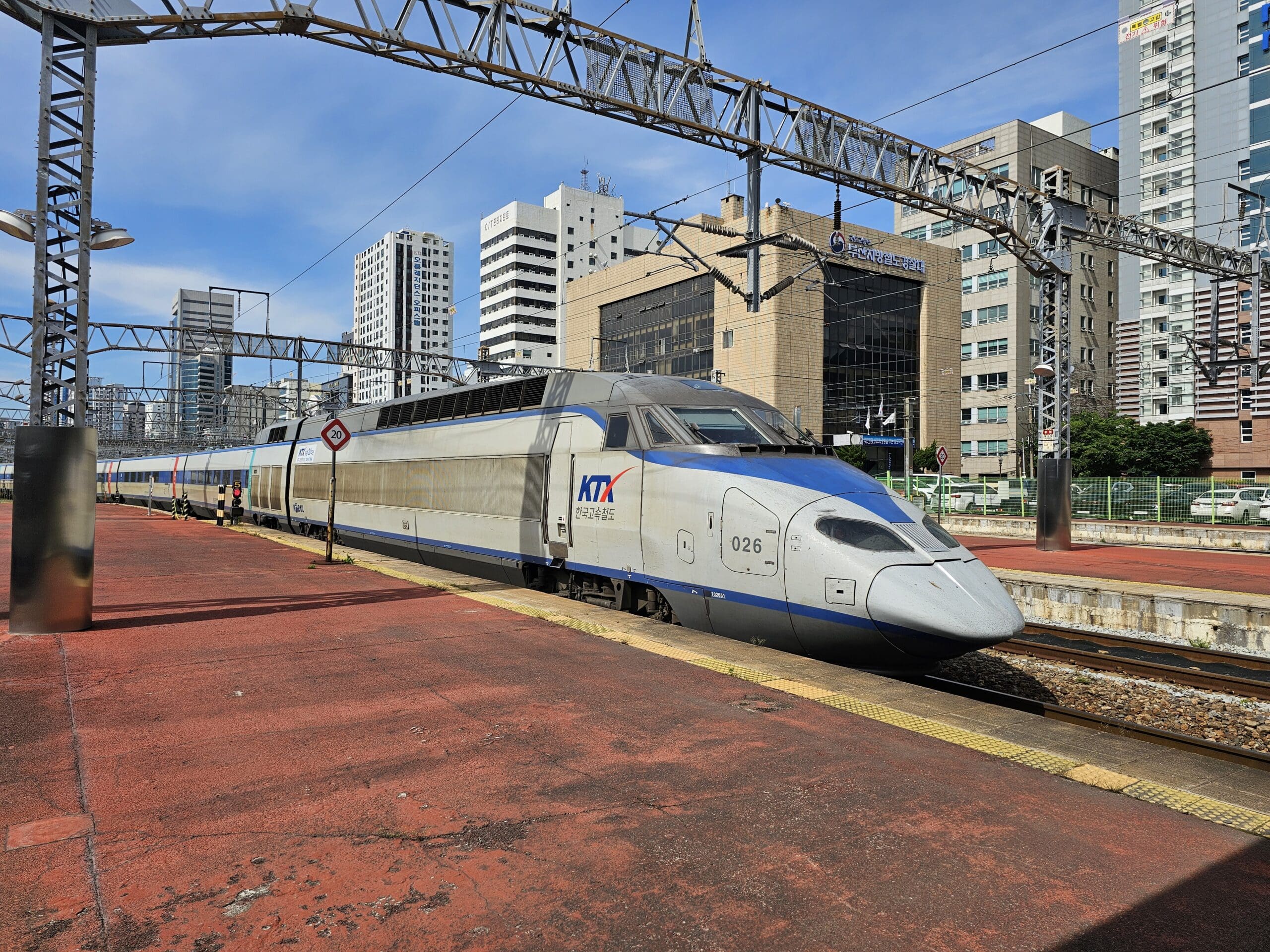
You can read my ultimate guide to Korean rail travel here!
If you need to travel between Korea’s two largest cities, the easiest and quickest way is undoubtedly the Korea Train Express (KTX). Running at intervals of as low as every five minutes, these high speed services can take you from city centre to city centre in as little as just over two hours. Granted, whilst tickets for these may not be as cheap as the many other slower rail services, intercity buses, or even flights between Busan Gimhae and Seoul Gimpo, as a transport enthusiast, it is hard to beat the excitement of speeding at around 300 kilometres per hour through the mountainous Korean landscape. Needing to get from Busan to Seoul at fairly short notice, the KTX seemed to be a natural choice, and so I loaded up Korail’s app before quickly and easily purchasing a one-way ticket for the ride up to the Korean capital – setting me back 48,800 won (£25.68).
A Bit About Korea’s High Speed Railway Network
Throughout Korea’s era of rapid development between the 1960s and 1980s, visions of a high-speed railway network connecting the country’s major towns and cities had been at the forefront of the minds of many ambitious transport planners. Indeed, these experts did not need to cast their eyes too far to see Japan’s world-famous Shinkansen network and naturally sought to develop a similar system in Korea.
In the 1980s, plans emerged for the country’s first high-speed railway line, which logically sought to connect Korea’s two largest cities, Seoul and Busan, located at opposite ends of the country. This would cut across Korea’s mountainous heartland and serve key cities such as Suwon, Daejeon, Daegu and Ulsan on a single 387-kilometre long line. Once funding had been secured, work on constructing this new high-speed line commenced in 1992. However, thanks to Korea’s mountainous terrain, this was no easy feat, with over fifty tunnels having to be constructed, of which are as long as twenty kilometres! After just twelve years, in 2004, the first stretch of this line between Seoul and Daegu opened, followed by the last stretch to Busan in 2010. Since then, Korea has undertaken an impressive high-speed railway construction project, and today, there are fifteen such lines which connect cities across the country.
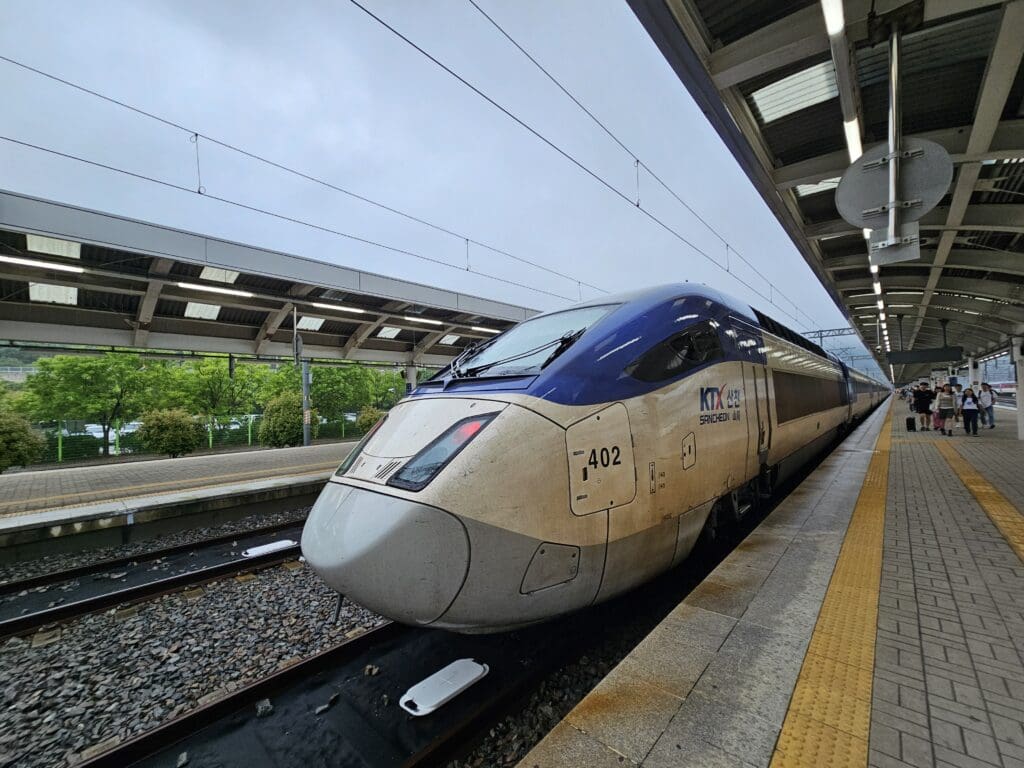
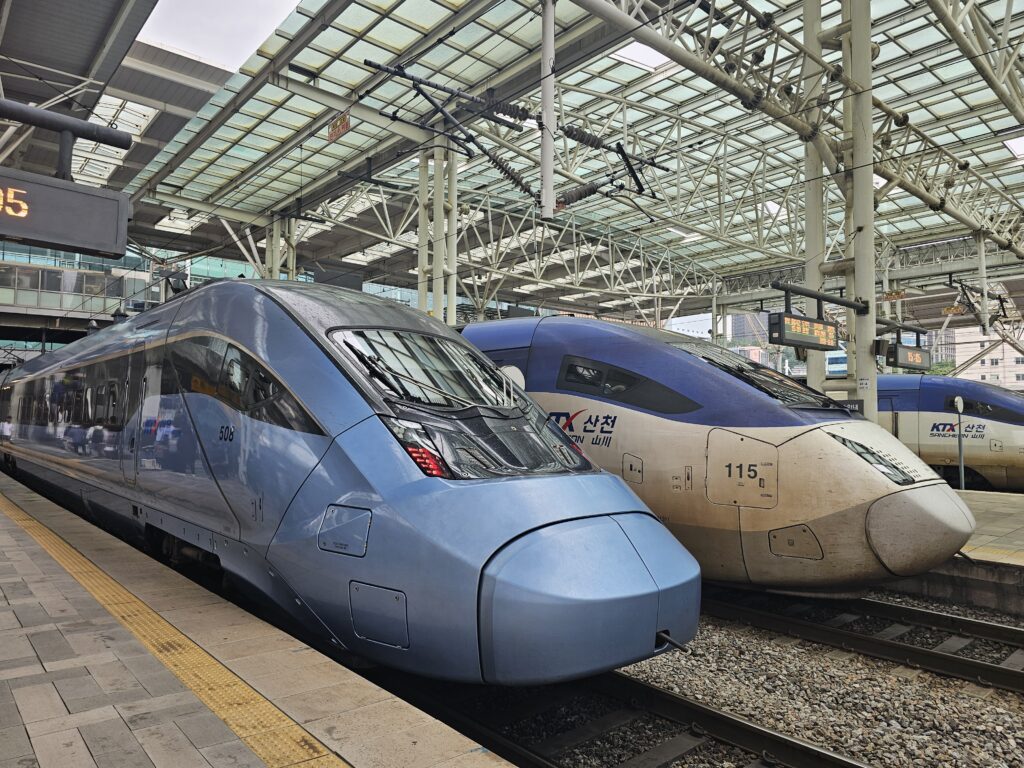
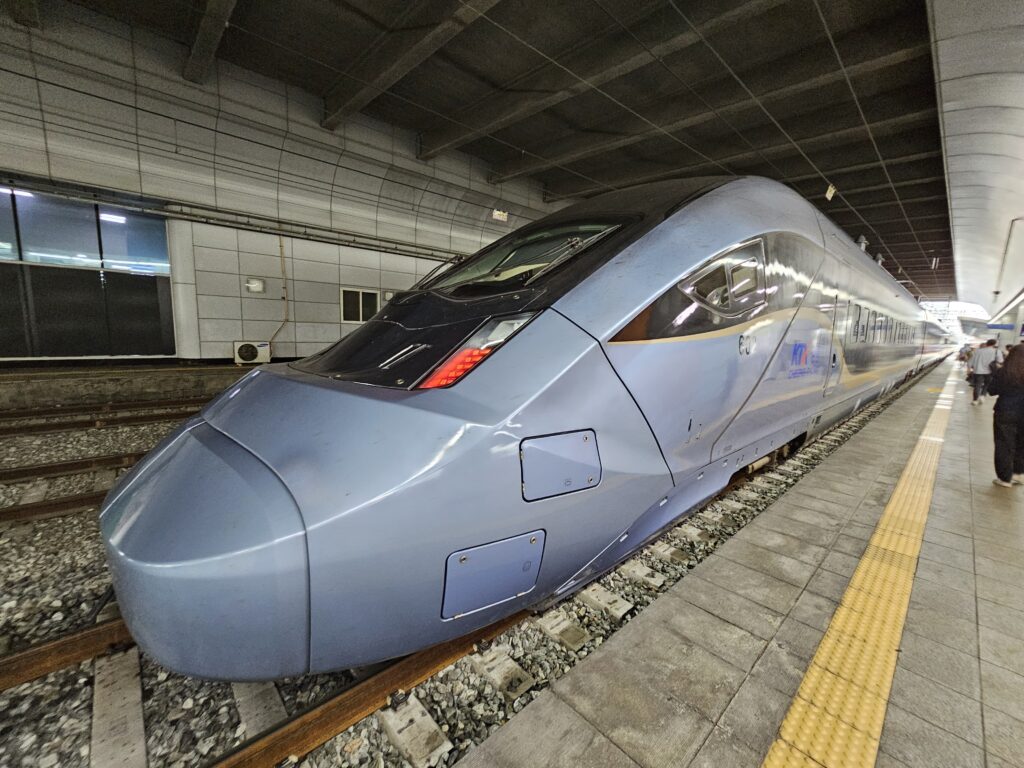
The Journey
The city of Busan is laid out in a rather interesting manner. This is spread out across several bays, with most neighbourhoods sandwiched in between tall mountains and the waters of the East Sea. Meanwhile, Busan’s main railway station is located in the east of the city, near the main ferry port and popular spots such as Gamcheon Culture Village, Jagalchi Market and Nampo. However, this is at the opposite end of the city from other popular locations frequented by tourists, such as Haeundae and Gwangalli Beach. Fortunately, Busan has a great public transport network, with six metro lines and a seemingly endless network of buses. This means that getting around the city is almost always an easy task. Staying near Gwanganlli Beach, I initially planned on catching an express bus across the city to the station. However, waking up a little later than I expected, in the end, I flagged down a taxi to the station. Fortunately, despite travelling at the tail end of the morning rush, the traffic was not terrible, and the entire journey through the city’s busy streets took less than thirty minutes.
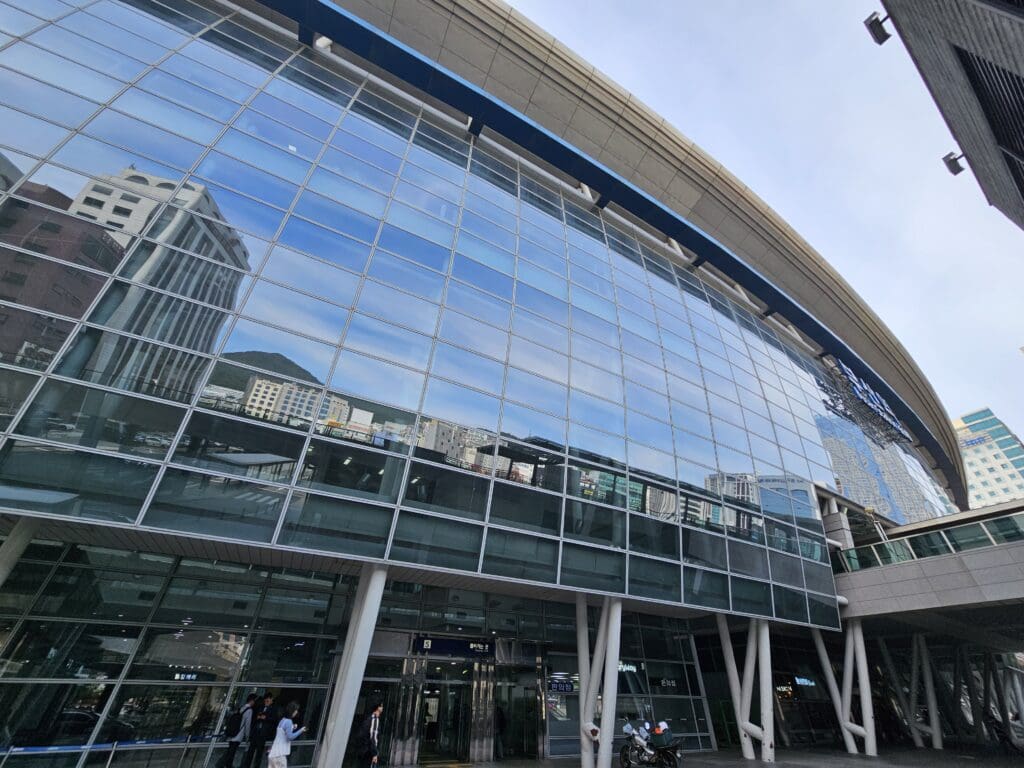
Whilst Busan has had a station since 1908, like many stations across Korea, this was reconstructed in preparation for the opening of the KTX and thus currently takes the form of a modern glass and metal building that dates back to 2003. With no reason to linger around, I headed straight in and found myself in the busy main concourse, where passengers could be seen scurrying about in all directions. Unfortunately, Korean trains are not well known for their catering offerings, with trains usually featuring nothing more than a vending machine selling basic drinks and snacks. However, most major stations feature a plethora of cafés, restaurants and convenience stores, and Busan Station is no exception. Having plenty of time on my hands, I opted to get a Korean style toast and a coffee, which I decided to take with me on my journey. Overall, Busan Station left me with no complaints, it was clean, modern and easy to navigate. Those not so au fait will be happy to hear that as with many stations in Korean, most signs are in Korean, English, Chinese and Japanese.
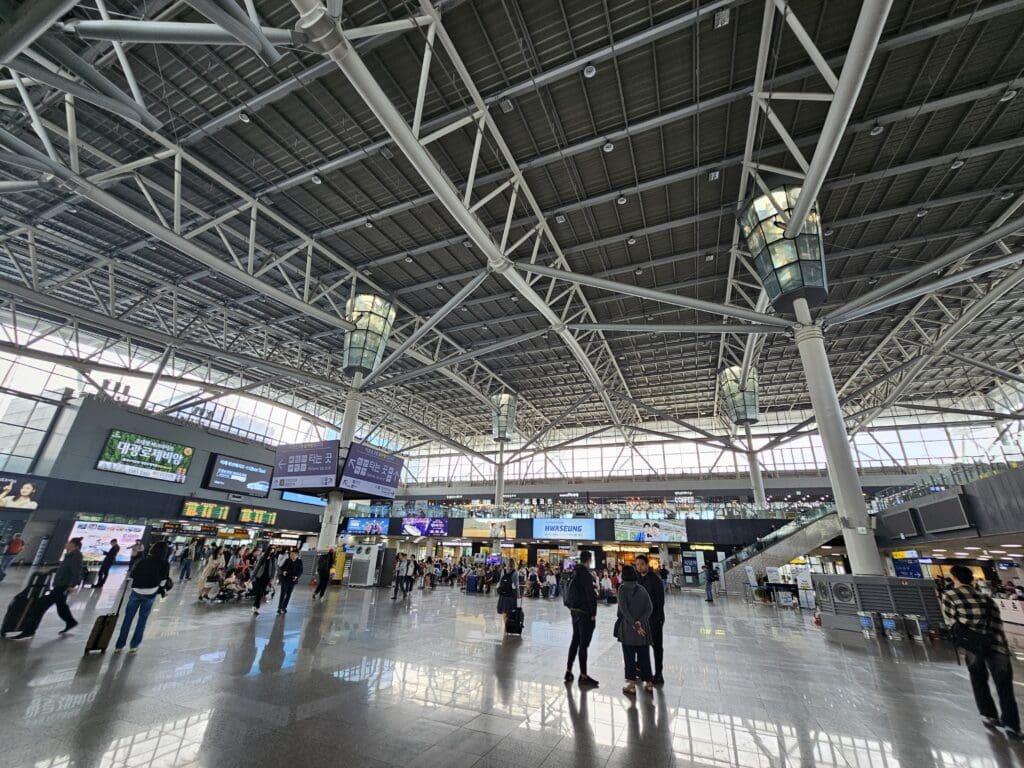
Unlike some countries, those travelling by rail can simply purchase a ticket and hit the rails, with no need for any security checks or formal check-in procedures. Thus, as my departure time neared, I headed down the escalators to the platforms. Upon arriving at the platform, the long 18-carriage KTX-I train could be seen waiting to commence its speedy journey across Korea to Seoul. Also known as the Korail Class 100000, this model of train is the oldest on Korea’s high-speed network, with these manufactured between 1997 and 2003. Unlike newer indigenous units, these trains were designed in cooperation with French manufacturer Alstom, and thus, European passengers may note these units’ resemblance to the TGV Réseau.
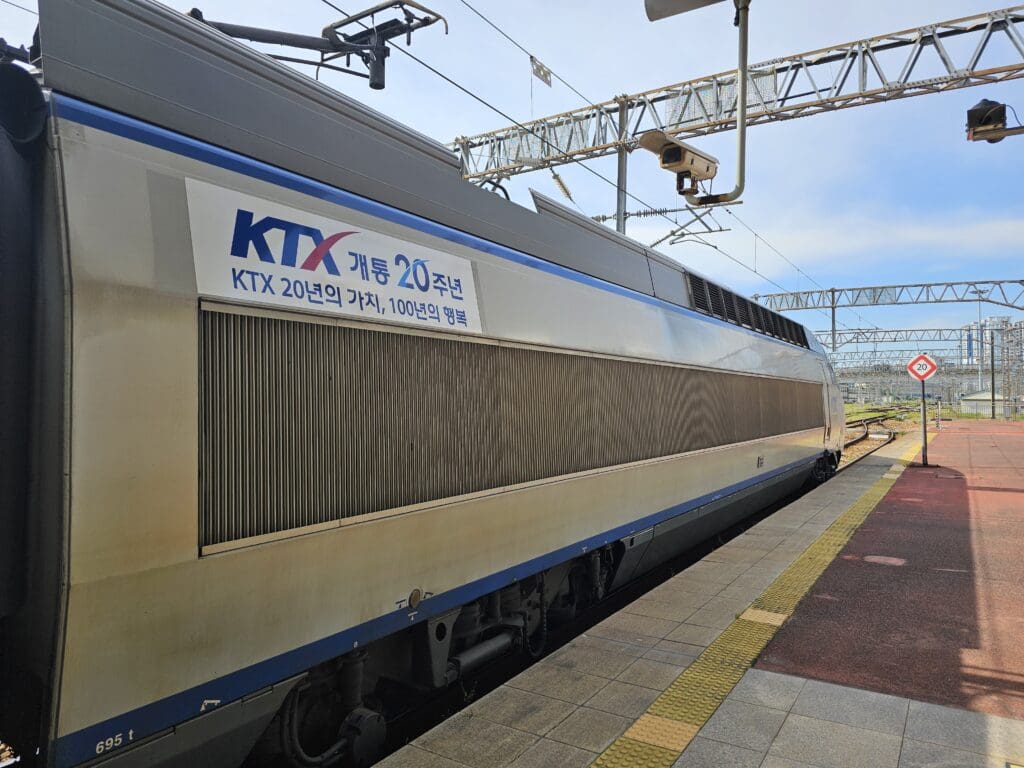
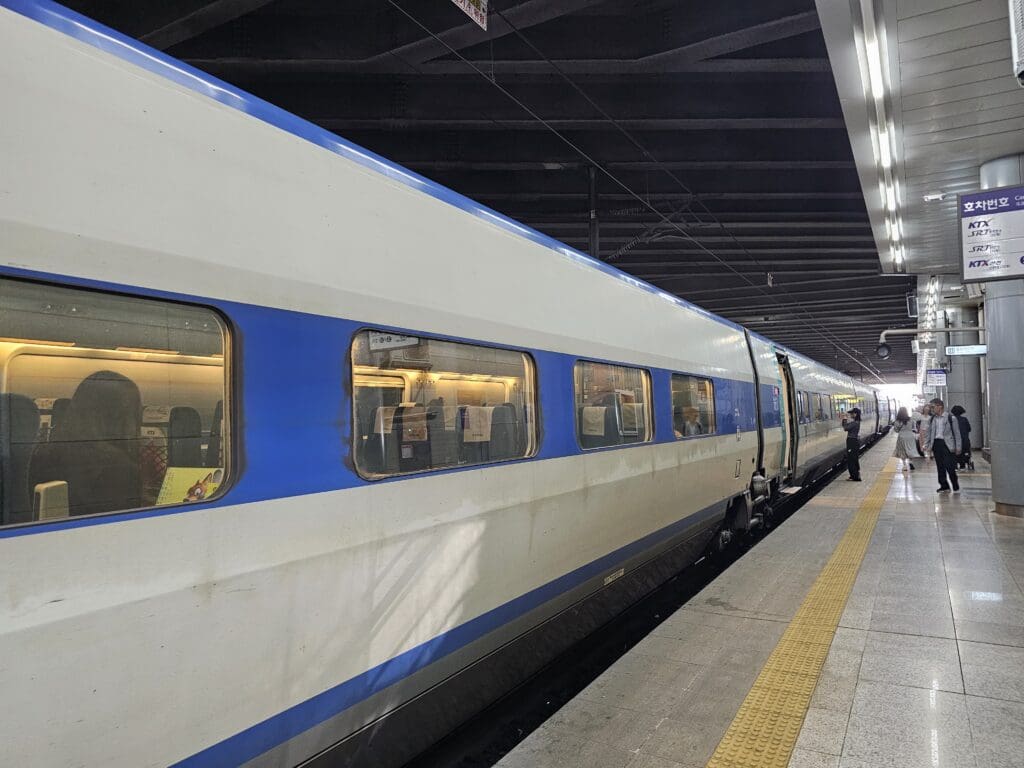
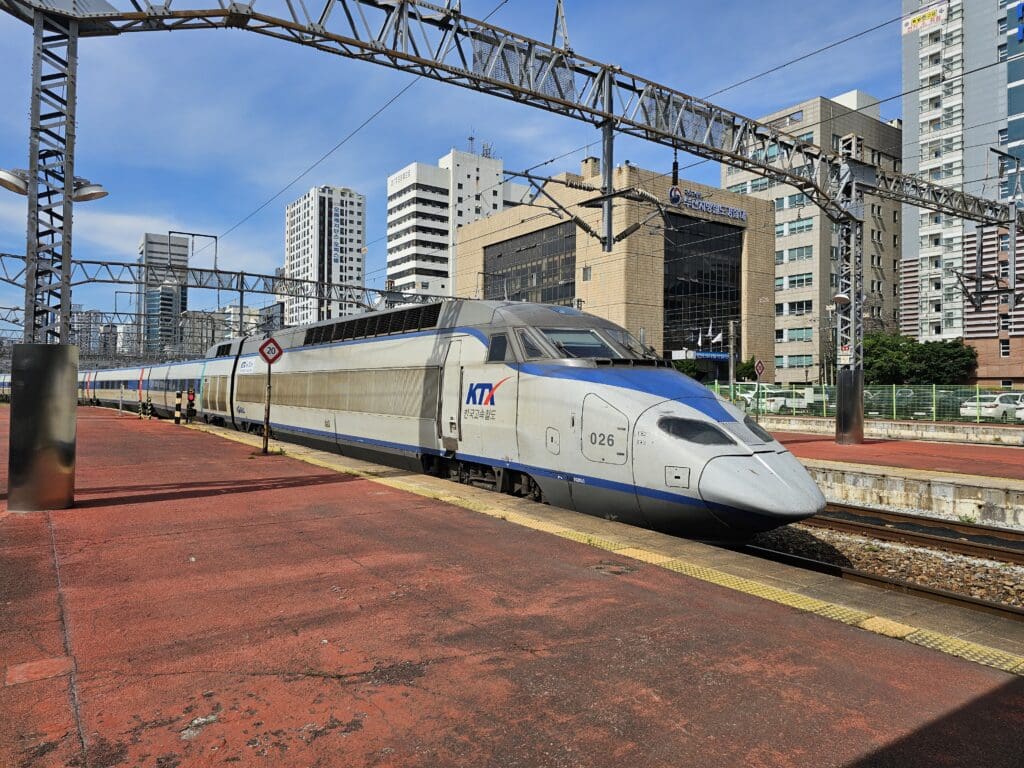
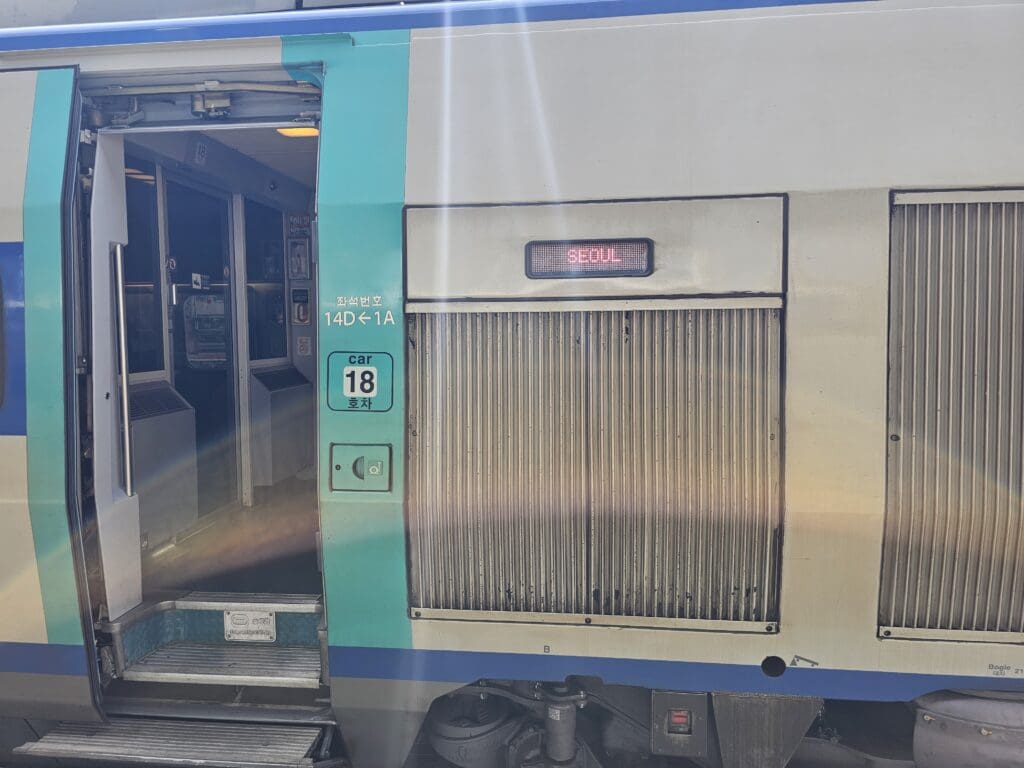
Holding a seat reservation, I soon made it to my carriage and plonked myself down for the ride up to the capital. Onboard, whilst the KTX-I trains are not brimming with luxury, I found the seats to be spacious and comfortable (far more so than the ironing board seats of many trains back home in Britain!). Furthermore, the train was in good condition, having been well cleaned during its stay in Busan, and featuring few noticeable signs of wear and tear. In terms of facilities, each seat features the ability to recline and comes with a very large tray table, alongside plug sockets and USB-A ports for those needing to charge their devices mid-journey. Meanwhile, these also featured a literature pocket containing the latest edition of Korail’s magazine, whilst televisions could be seen above, which played advertisements and promotional videos for the duration of the journey. Finally, wifi was available, which I found to work without issue. For those travelling with large bags, luggage storage can be found in the vestibules, whilst smaller bags can be squeezed into overhead racks.
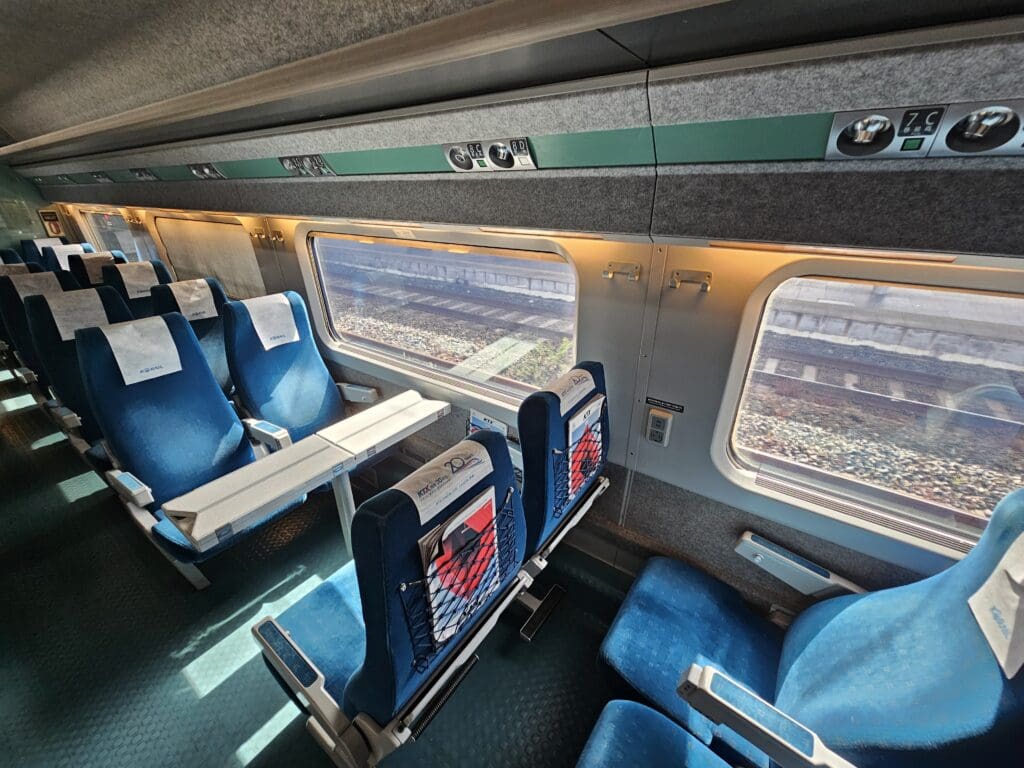
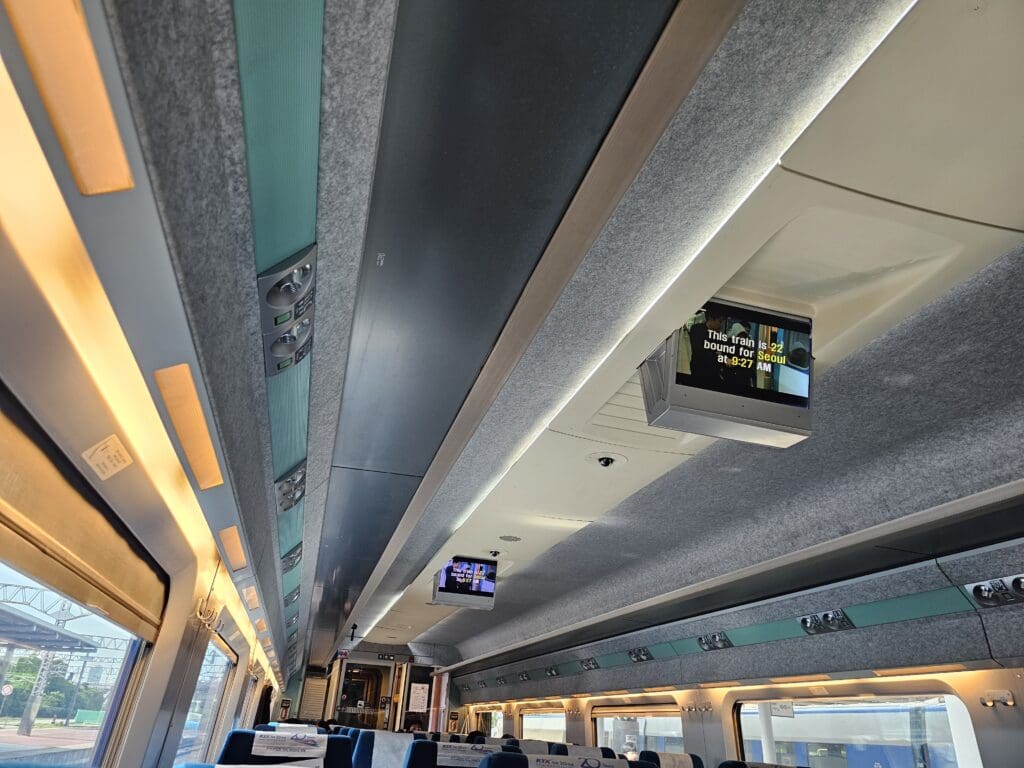
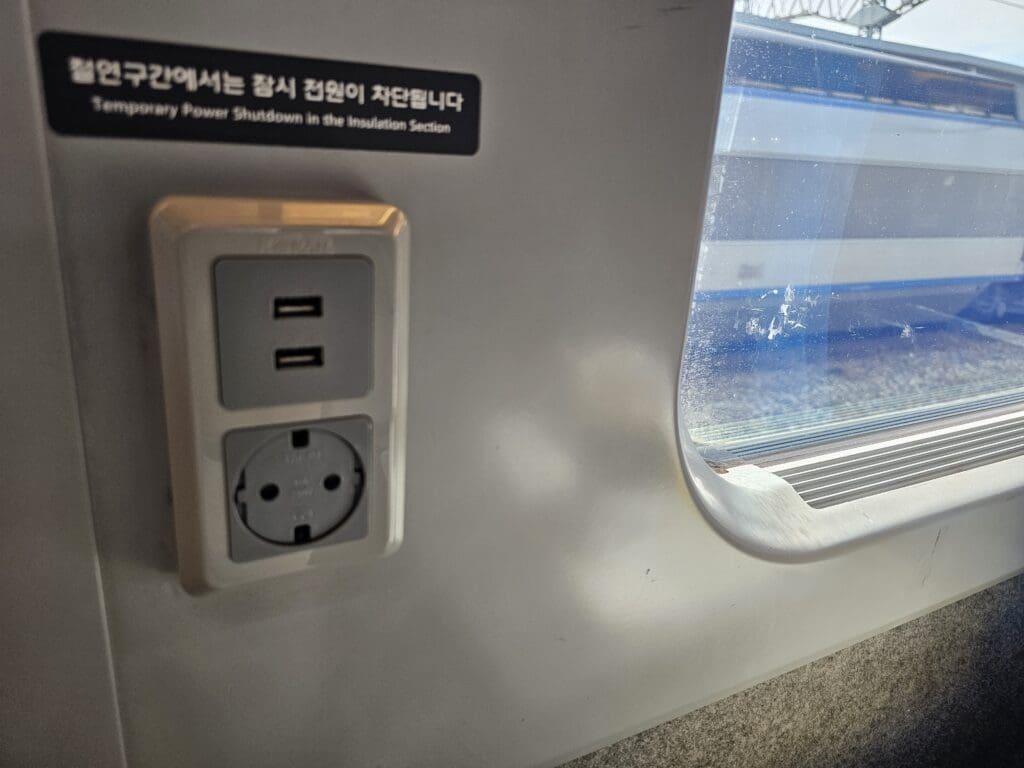
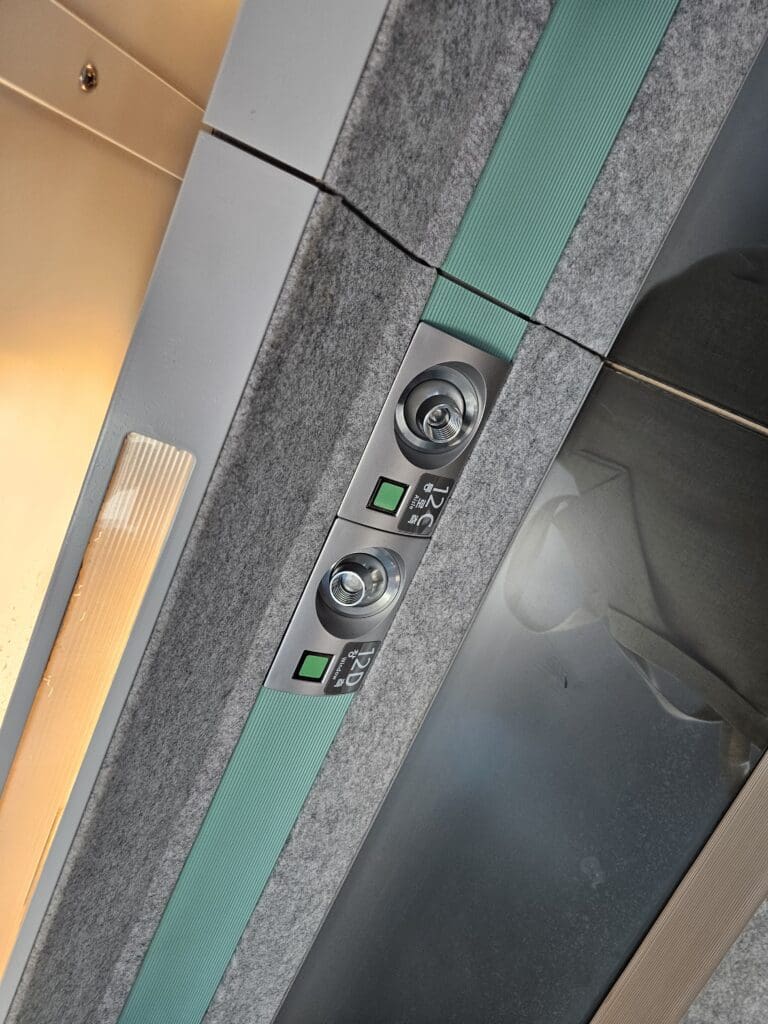
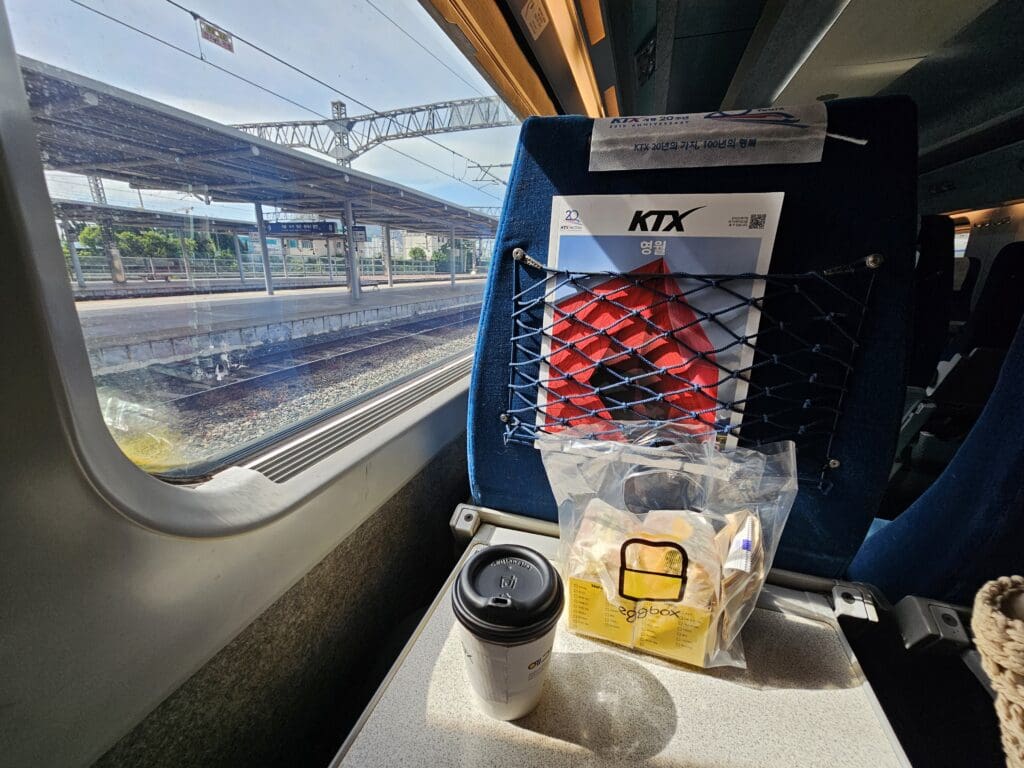
As one of the first passengers to board, the carriage soon filled up, although travelling after the morning rush, this was not full and I ended up with the luxury of an empty neighbouring seat for the duration of the journey up to Seoul. With a minute or so to go until our scheduled departure time, the doors slid closed and at 0927, the train gently accelerated out of the sprawl of Busan Station, darting in and out of tunnels as we sped out of Busan, with the banks of the Nakdong River Estuary soon appearing.
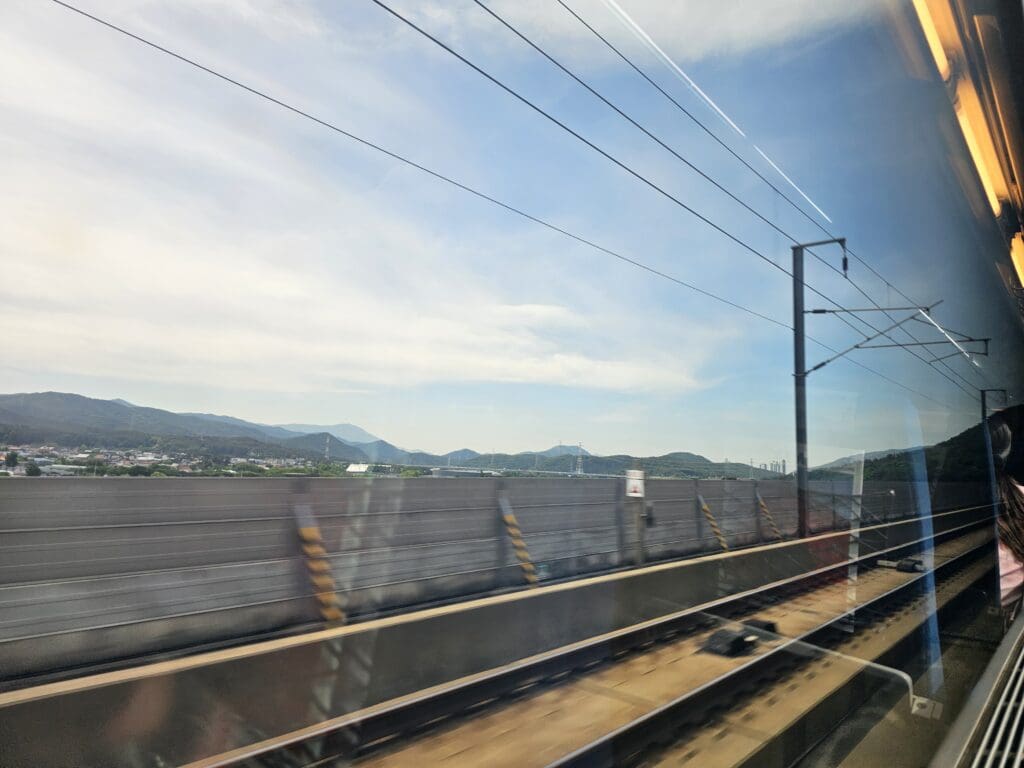
Leaving Busan behind, the train cut through the green landscapes of Southeastern Korea, and it wasn’t long before the train decelerated as it neared its first stop, Ulsan. Whilst Ulsan is located on the coast, like several KTX stations, Ulsan Station is located a reasonable distance away from the city centre, and those needing to get to this must take a bus or taxi.
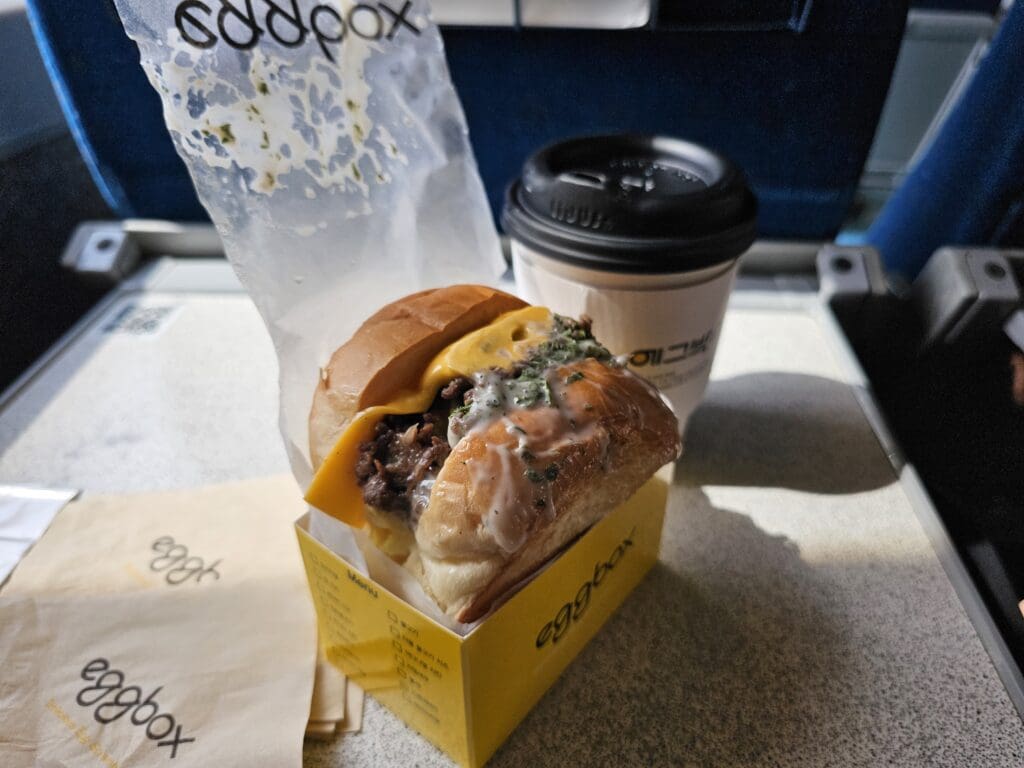
From Ulsan, the train continued heading northwards, making stops in Daegu, Daejeon and Suwon as we headed northwards. Admittedly, unlike the slower services which take conventional routes around Korea’s mountains, for the most part, KTX services do not offer nearly as picturesque views. Unfortunately, large barriers are in place between the KTX railway lines and the outside world to prevent wildlife from getting onto the tracks and to limit the amount of sound released by trains into the surrounding area. Furthermore, for much of the journey, we darted in and out of tunnels, speeding through mountains rather than trundling around them. Thus, with little to see for much of the journey, I decided to pass the time by doing some work.

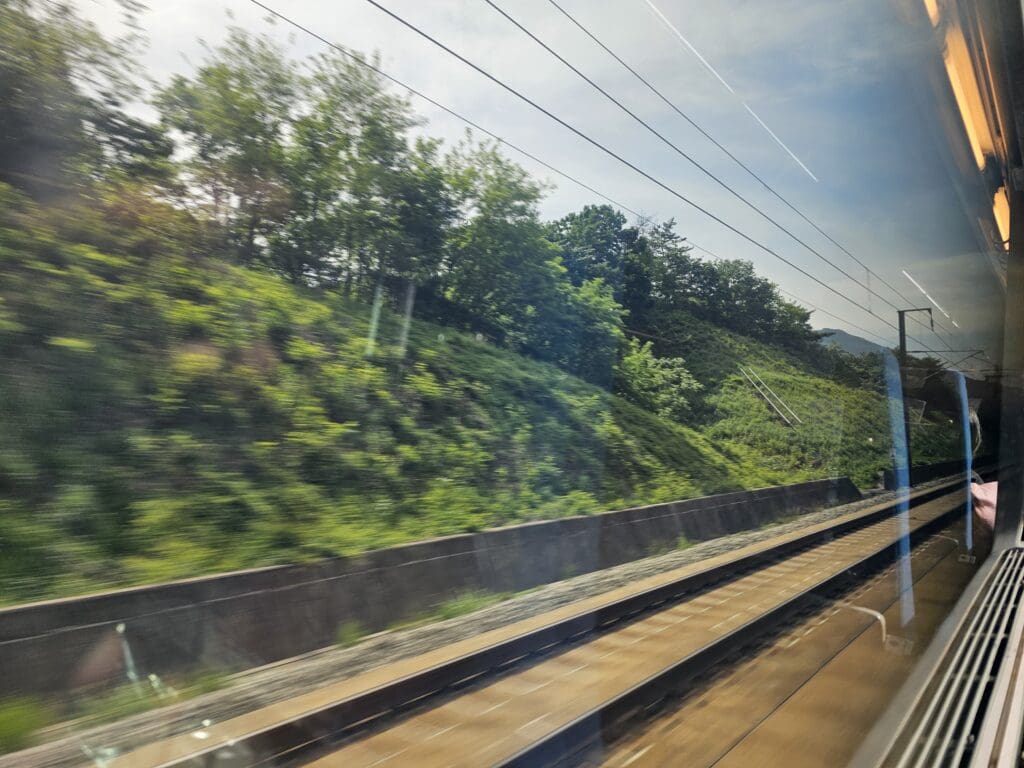
As we headed up towards Seoul, I decided to get up and have a wander around. First up was an inspection of the catering facilities, which took the form of modern touchscreen vending machines that allowed passengers to make payments in both cash and card. Unlike on trains back in Britain, items sold on board did not come with any sort of noticeable price premium. Onboard, Korail does not seem to make any particular effort to promote its onboard First Class. Wandering through this, it seemed that this provided passengers with larger seats arranged in a 2-1 configuration, whilst complimentary newspapers and books were also provided to those who had paid the premium to ride in these carriages. Once I had inspected the catering facilities and First Class, I decided to head to the lavatory, which I found to be in a reasonably clean and tidy state, thereby leaving me with no complaints.
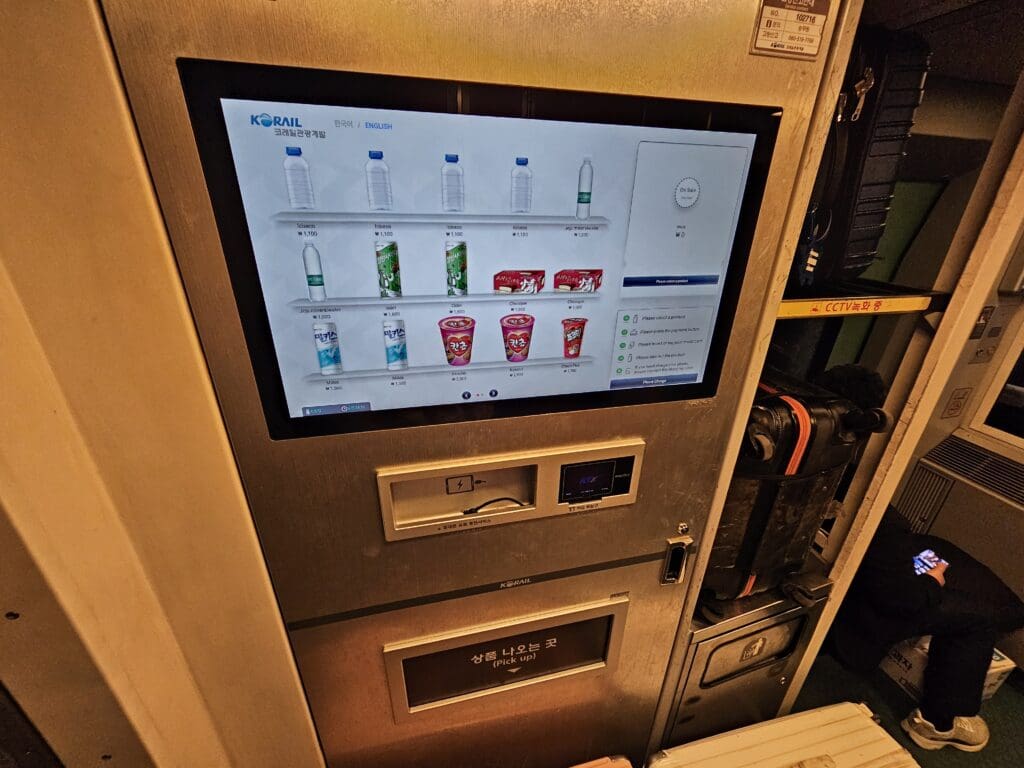
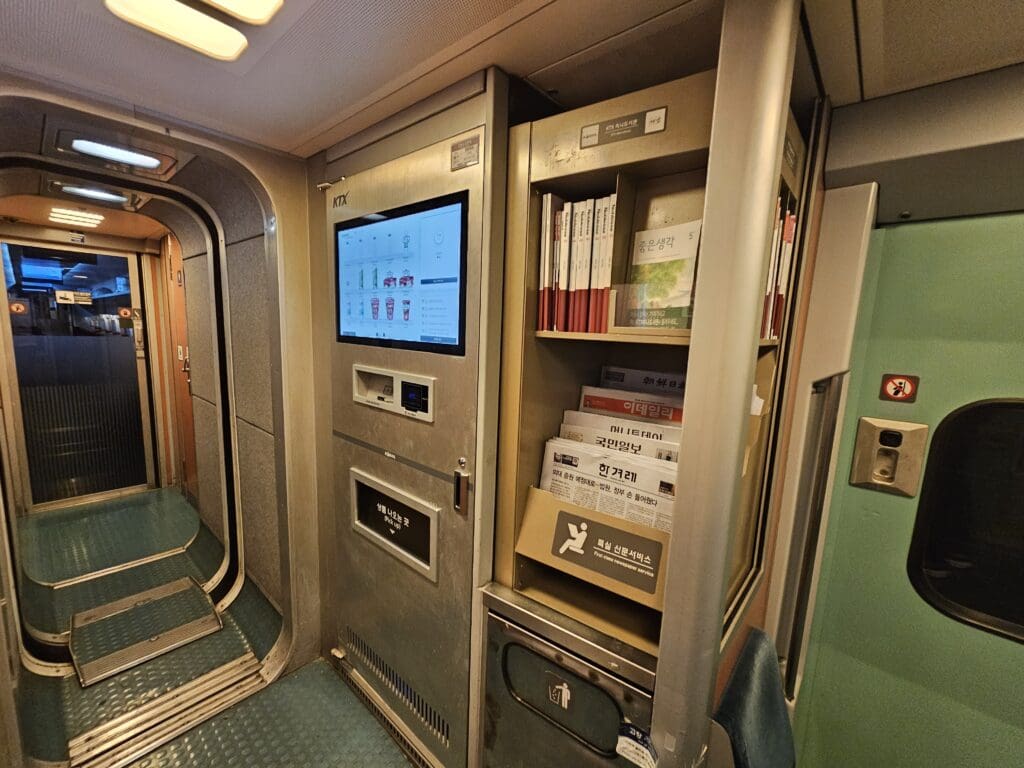
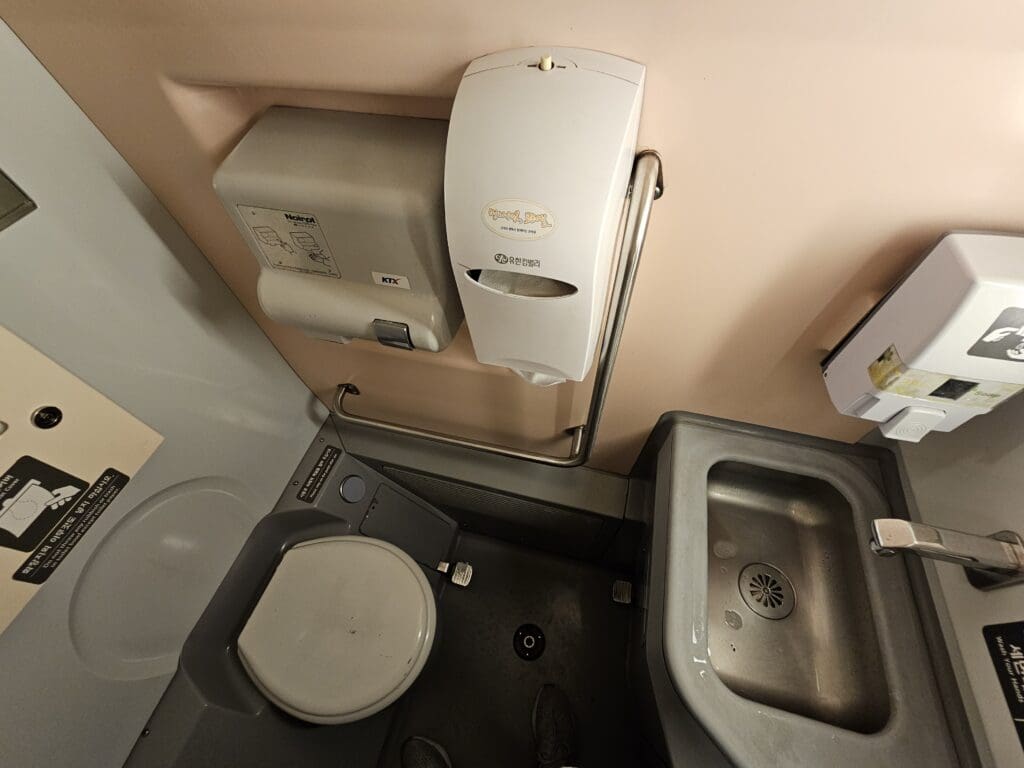
By the time I made it back to my seat, the train was speeding through the fields of Gyeonggi Province, which loops around the capital city, indicating that we were nearing the end of the journey to Seoul. Reaching the sprawl of the capital, the train soon powered across the wide Han River and came to a halt at Seoul Station right on time, around two and a half hours after leaving Busan. Overall, my KTX ride was quick, easy and convenient, and I would have no issues with travelling by high-speed train between Seoul and Busan again (in fact, I have done so since!).
